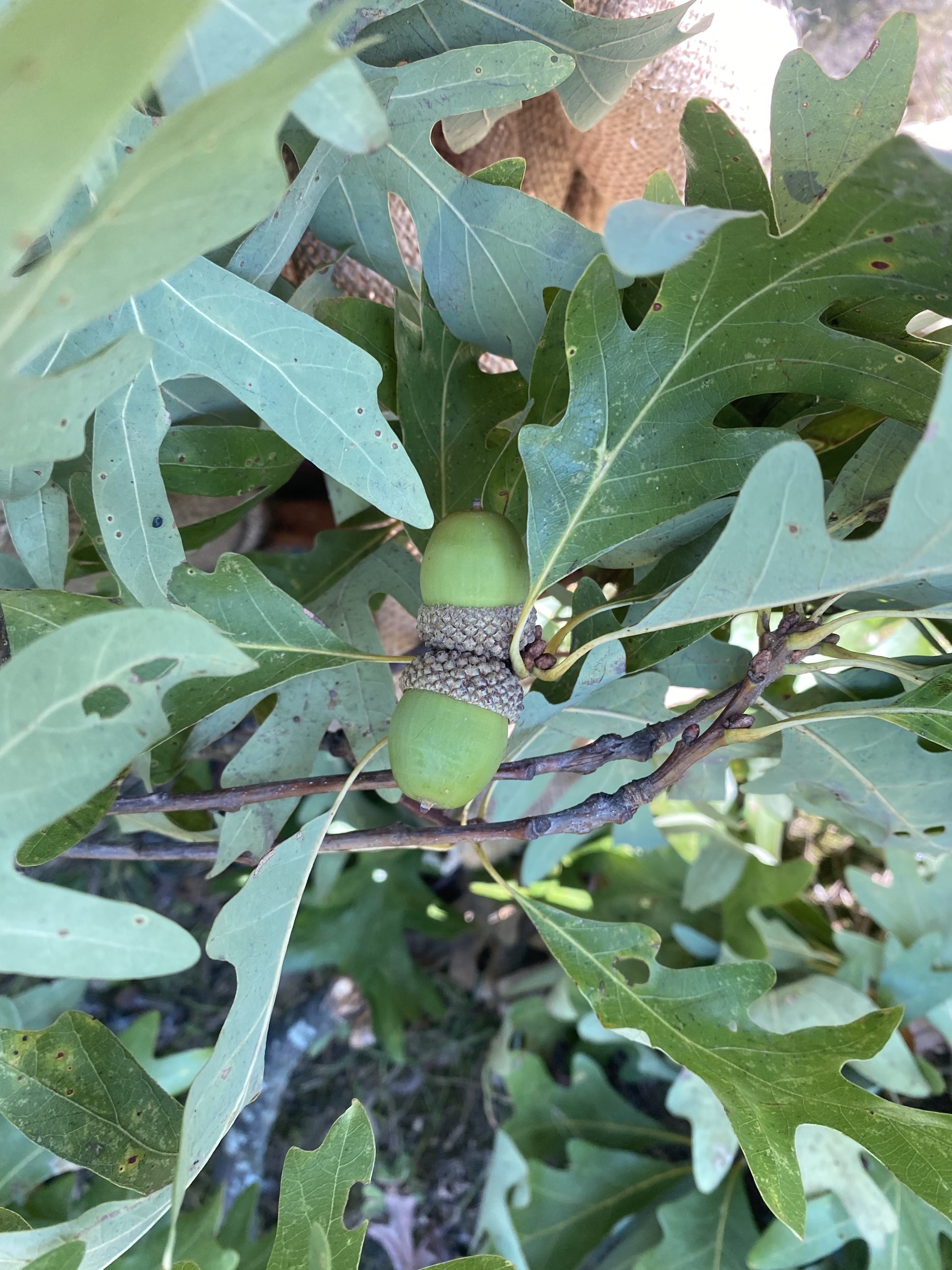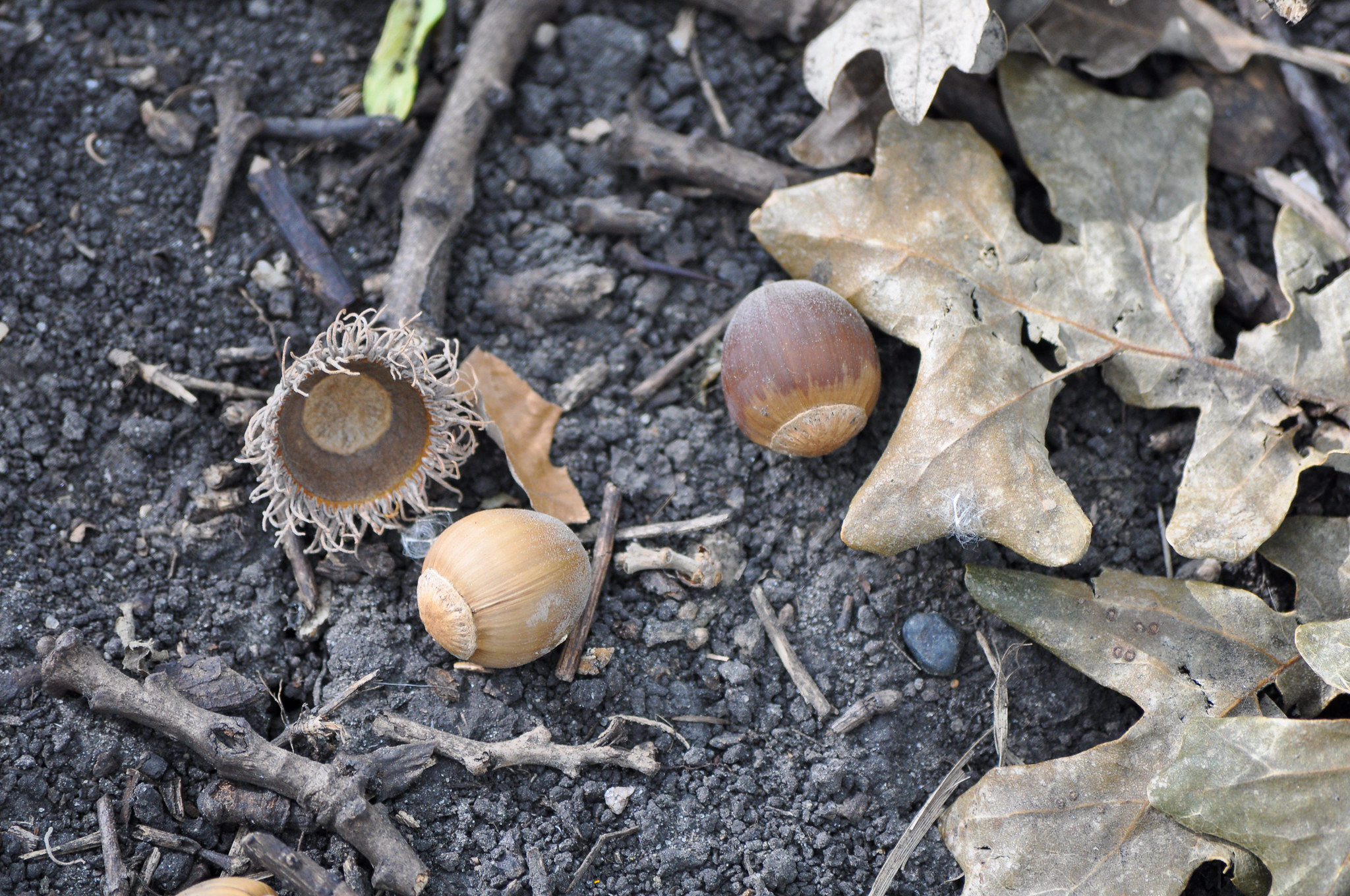Red Oak vs White Oak Trees: What Every Deer Hunter Should Know
Few average Joes can correctly identify every species of oak growing in North America. That’s the kind of Final Jeopardy-level knowledge typically reserved for foresters, wildlife biologists, and very dedicated Eagle Scouts. Understanding the fundamental differences in red oak vs white oak trees, however, is handy for deer hunters looking to notch their tags in the fall.
Oaks are so common that they are the official tree of several states, including Georgia, Maryland, New Jersey, Connecticut, Illinois, and Iowa. While all oak trees belong to the same genus (Quercus), “oak” is a broad umbrella term that covers roughly 500 different species. Some of those species differ wildly from one another.
The good news is that if you’re interested in keying in on oak trees as part of your deer hunting strategy (and you should be), you don’t have to get too detailed. Oak trees fall into two basic categories: white oaks and red oaks. Recognizing the differences between red oak vs white oak trees will allow you to refine your hunting strategy and ultimately help you put more meat in your freezer.

Photo by Deborah / Adobe Stock
How to Identify Red Oak vs White Oak Trees
Oak trees play a critical role in forest ecosystems by supporting a wide range of wildlife, including deer, bear, turkeys, squirrels, and many other species. Oaks are subdivided into red and white categories based on differences in their botanical characteristics. The categories are named based on the color of their wood. Red oaks have wood with a more reddish hue while white oak is paler, with an almost whitish tint.
Common red oak species include Northern red, Southern red, pin, willow, and black oak. Prevalent species of white oak are chinkapin, bur, English, swamp, and live oak. The distinctions between the two are important for ecological reasons, and those differences influence how wildlife relies on them. There are three key ways to tell the difference between living red oaks vs white oaks.
Leaves
The leaves of red oak trees have pointed lobes with a bristle at the end, giving them a more jagged look. White oak leaves have a smoother appearance and rounded lobes. Some oak species have leaves without lobes, but you can still generally categorize them by whether or not the leaf tip has a bristle.

Acorns
You can identify red oak vs white oak trees by studying their acorns. White oak acorns are topped with a thick, warty, bowl-shaped cap and are typically light tan, large, and heavy with an oblong shape. Shorter, fatter red acorns tend to be smaller and lighter than their white oak cousins. The cap on red oak acorns is flatter, scaly, and shaped like a bottle cap.

Bark
Identifying white and red oaks by bark is trickier than using their leaves and acorns, especially since things like soil quality, tree age, and even how high up the tree you’re looking can result in different bark appearances. In general, white oaks have light gray bark with deep grooves, while the bark of red oak species is smoother and darker in color.
| White Oak | Red Oak | |
| Leaves | Smooth with rounded lobes | Pointed lobes with bristle at the end |
| Acorns | Oblong | Short and fat |
| Bark | Light color, deep grooves | Darker and smoother |
Deer Prefer Acorns as a Food Source
Whitetail deer are opportunistic feeders, adapting their diet to whatever is available. They’ll browse on everything from forbs and berries to agricultural crops and suburban hostas. Deer generally munch on whatever the buffet of life lays out in front of them. But whitetails absolutely have preferred food sources, and one of those is acorns. Deer will leave perfectly good corn and well-planned food plots to gobble acorns that have fallen on the ground.
“This preference is primarily due to the nutritional content of acorns,” says Zack Vucurevich, wildlife biologist and founder of Whetstone Habitat, a consulting firm that helps landowners improve management practices to manage healthy whitetails, turkeys, and upland birds. “Acorns are rich in fats and carbohydrates, providing a more energy-dense food source than most crops. They also contain tannins, which, in moderation, can benefit deer by helping them manage internal parasites.”
Deer also digest acorns easily, so it isn’t uncommon for them to gorge on acorns whenever they are available. Best of all, acorns are hitting the ground at a crucial time of year for deer: right before the lean winter months.
“As deer prepare for the colder months, they need to build up fat reserves, and acorns provide the perfect nutritional boost to help them do that,” Vucurevich says. “Acorns are also regularly found in wooded areas, which offer the cover and security deer prefer while feeding, as opposed to the more open environments where agricultural crops are typically found.”

Do Deer Prefer White Oak vs Red Oak Acorns?
Red oak acorns have a higher tannin content than acorns from white oak species. Tannins are bitter-tasting phenolic compounds that protect the seeds from oxidation and ward off microbes once they hit the ground. Because white oak acorns germinate quickly in the fall, they don’t need as much tannin to preserve them after they drop. Deer don’t particularly like snacking on bitter foods any more than humans do, so they naturally prefer white oak acorns over red oak varieties.
The higher tannin content in red oak acorns serves an important purpose. Since red oak acorns don’t germinate until the following spring, the extra tannin helps preserve them through the winter.
“Red oak acorns remain edible long after white oak acorns have either been consumed, germinated, or rotted,” Vucurevich says. “This makes them a critical food source for whitetails during the colder months when other food options are limited or absent.”
The difference in tannin levels and germination timing creates a natural staggered availability of acorns, with white oaks providing a preferred food source early in the season and red oaks sustaining deer later in the winter.
“For land managers and hunters, understanding this dynamic is essential for predicting deer behavior and effectively managing or hunting deer populations throughout the year,”
When to Hunt Red Oak vs White Oak Stands
Because the availability and type of acorns can significantly impact deer behavior and movement, it’s essential to understand where the white and red oaks are on the land you hunt.
White acorns are typically more plentiful early in the fall. In parts of the South they can drop as early as late August and continue to fall through October. If you’re looking for early-season whitetails, it’s a smart idea to target areas with white oaks. Red oaks usually start dropping their acorns a few weeks after white oaks, with the red oak drop lasting longer. You should shift your focus to areas with red oaks later in the season.

Photo by Ohi
Oaks have cycles of busts and booms, and every year doesn’t produce a bumper crop of acorns. Mmast years are years that produce gold mines of acorns. They seem to occur every two to five years. During a mast year, a single mature oak can drop as many as 10,000 acorns, according to Mass Audubon, the largest nature-based conservation organization in New England. While bumper acorn crops are good news for deer and other wildlife, that abundance can actually be frustrating to hunters because all those acorns disperse deer in less predictable patterns. If deer don’t have to travel far for their meals — including to your food plots — it becomes harder for hunters to pattern and intercept them. So plan to switch up your hunting strategy when the acorns begin to drop.
“I don’t care what you have planted in your food plots or how pretty they look,” says Vucurevich says. “If you find yourself hunting during a bumper acorn year, I suggest you move your tree stand off the field edge and into the woods.”
Managing and Planting Red Oak vs White Oak Trees
Oak trees are one key to attracting more deer to any property and providing good nutrition to them once they’re there. But Vucurevich, who travels all over the country to help landowners manage their properties for deer, has discovered oak trees are are a contentious topic.
“The pickle most landowners find themselves in is that the most valuable trees on their property, financially speaking, are the oak trees,” Vucurevich says. “These same trees are responsible for producing one of the best food resources to hunt over. To complicate matters, generally the larger the oak tree, the more valuable it is to a logger and the more acorns it will produce. This puts landowners in a difficult position where they must choose between financial gain [of selectively logging oaks] and wildlife productivity, which requires careful consideration of their long-term goals for the property.”

Photo by Deborah / Adobe Stock
If you’re in an area where healthy oaks have been lost due to poor historic timber practices, replanting oaks on the landscape is a wise investment in habitat and wildlife restoration. If you’re managing a piece of property with big bucks in mind, however, it might seem wise to plant a bunch of white oak trees since whitetails prefer them over red acorns as a food source.
“If you’re a landowner looking to attract and retain more deer on your property, I strongly recommend planting a diverse mix of oak species, particularly from both the white and red oak families,” Vucurevich says. “This diversity is essential for ensuring that your property provides a consistent and reliable food source for deer through the fall and winter seasons.”
Vucurevich recommends planting Quercus alba, or white oak, for its relatively early acorn production. It’s native to most places east of the Mississippi.
“It can produce acorns in as few as 20 to 25 years under optimal conditions, making it a relatively quick food source compared to some other oak species.”
Vucurevich also advises incorporating red oaks, like Quercus rubra, in your planting strategy.
“Red oaks take a bit longer to mature and produce acorns, often around 25-30 years, but their acorns are crucial for providing a food source during the colder months when other options are scarce,” he says. “This delayed germination and persistence on the forest floor make red oaks a key component in sustaining deer populations through the winter.”
Read Next: How to Hunt Whitetails on the Acorn Crop This Fall
Even though you may never get the chance to hunt over the acorns produced by the oak trees you plant today, that shouldn’t discourage you from planting them. Planting oaks is a long-term investment in the future of your land, ensuring that it continues to support wildlife and provide hunting opportunities for generations to come.
Final Thoughts
Both white and red oak trees are an essential part of healthy North American forests. These grand hardwoods also play a crucial role in deer hunting success. By understanding the differences between red oak vs white oak trees, serious deer hunters can better predict deer movement, adapt their strategies accordingly, manage hunting areas to support a healthy mix, and greatly improve their chances of putting venison on the family dinner table.
The post Red Oak vs White Oak Trees: What Every Deer Hunter Should Know appeared first on Outdoor Life.
Source: https://www.outdoorlife.com/hunting/red-oak-vs-white-oak-trees/




